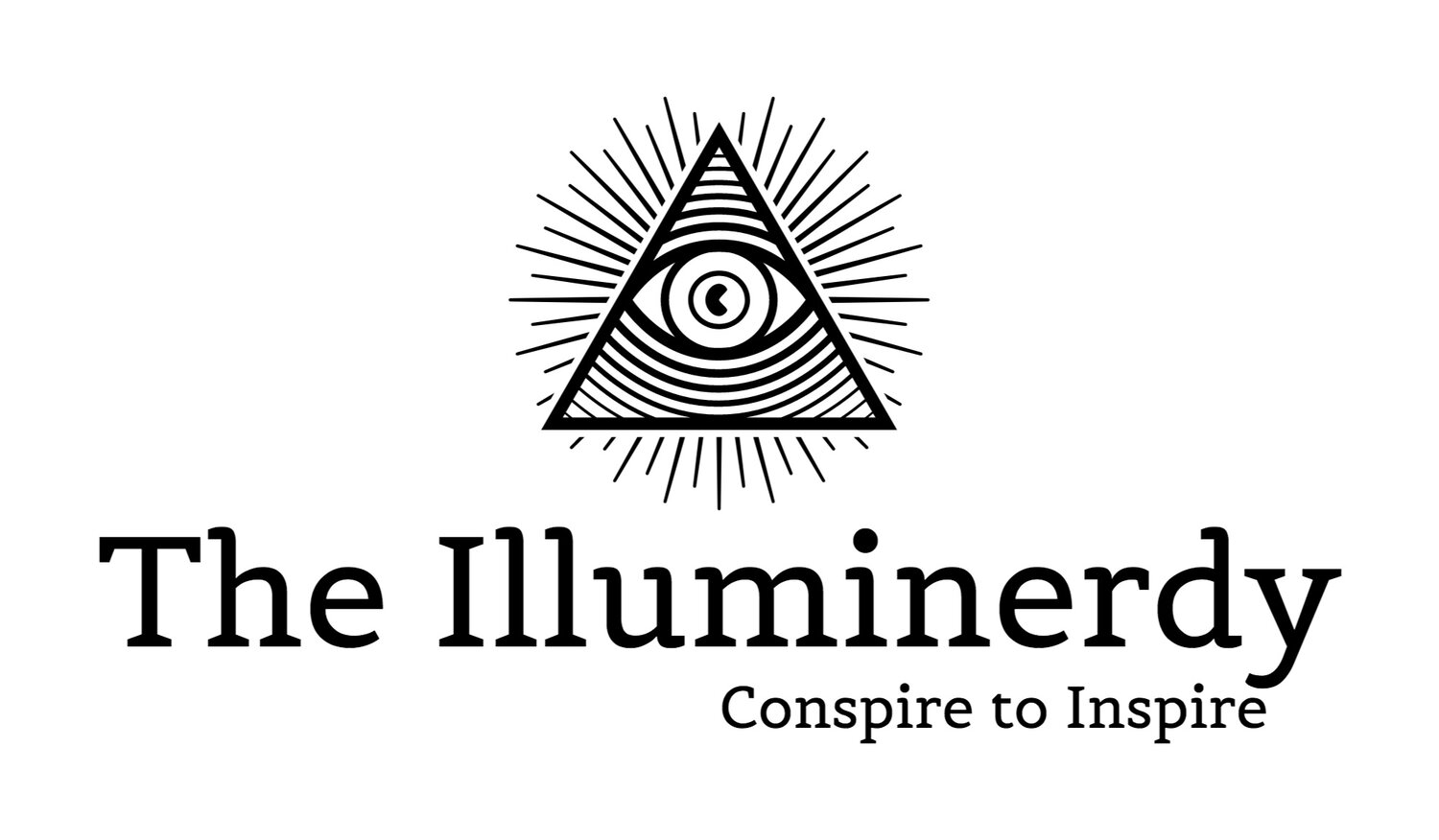The evidence that there is a secret history hidden in the margins of the established narrative is all around us, although the vast bulk of the evidence is pretty dubious credibility. This, the conspiracist will tell you, is merely evidence of the The Conspiracy's ongoing efforts to suppress The Truth, which is a nice little tautology that serves to reinforce a mindset that -- though borderline insane if taken seriously-- can be rich fodder for any game. Secret histories (and alternate histories more generally) are often predicated on the idea of adding something to real events that wasn't there: a new motivation, a hidden actor, an unseen force, etc. Sometimes, however, the key to making a game plot really resonate isn't really about what's there. It's about what isn't. Absence, as they say, makes the heart grow fonder.
Disappearance on Lake Anjikuni
In November 1930, a fur trapper named Joe Labelle stumbled into a familiar sub-arctic Inuit fishing village on the shores of Anjikuni Lake in northern Canada, expecting to find a warm fire and shelter from the biting cold. He found it strange that he could not see smoke rising from the chimneys of the village's few permanent structures and usually well-tended cookfires, but thought nothing of it until he got close enough to realize that the village was eerily silent. It had been abandoned. Its people (as few as 30, and as many as 1200) had vanished, leaving no trace of where they had gone. Available evidence seemed to suggest that they had left in a great hurry -- and not of their own will. According to one account from Mysterious Universe...
Labelle...hecked all of the shacks hoping to find telltale signs of a mass exodus, but...discovered that all of the huts were stocked with the kinds of foodstuff and weapons that would never have been abandoned by their owners. In one shelter he found a pot of stewed caribou that had grown moldy and a child’s half-mended sealskin coat...discarded on a bunk with a bone needle still embedded in it as if someone had deserted their effort in mid-stitch. He even inspected the fish storehouse and noticed that its supplies had not been depleted. Nowhere were there any signs of a struggle or pandemonium and Labelle knew all too well that deserting a perfectly habitable community without rifles, food or parkas would be utterly unthinkable, no matter what the circumstances might have been to force the tribe to spontaneously migrate.
An understandably distressed Labelle quickly relayed news of the mysteriously abandoned village the Royal Canadian Mounted Police (RCMP), who mounted (heh) an expedition to investigate shortly thereafter.
Lights in the Sky
Multiple accounts suggest that the mounties encountered another trapper on their way to Anjikuni, a man named Armand Laurent. Laurent was apparently staying in the area with his son (or, in some accounts, two sons). Though it is unclear if Laurent was made aware of the purpose of the mounties' mission, he happily reported that he had seen something in the sky over the lake at around the same time the villagers had evidently disappeared. Accounts from the 1960's onward tend to describe it as a a cylindrical or bullet-shaped UFO, while earlier accounts tend to refer to it simply as a "strange light."

When the mounties finally reached the village, they found no evidence of recent habitation -- only more evidence that something strange had happened on the shores of Anjikuni Lake. Though there was still no sign of human habitation, they did manage to find the corpses of at least seven sled dogs that had apparently died of starvation despite the vast stores of food left in the rapidly vacated huts. More worrisome still, they found that the village's burial ground had been violated, still-frozen graves (or possibly just one grave) had been neatly opened, and the bodies taken. Meanwhile, strange, bluish lights pulsated on the horizon.
Hiding Something
The mounties' official report of the incident -- filed in 1931 -- dismissed the strange events that later authors latched onto as irrelevant. The report made no mention of the strange lights and empty graves, and instead noted simply that the dwellings were unused seasonal habitations that the local Inuit would probably return to at the end of the long, northern winter. Still, the story got out, thanks to a potentially unscrupulous journalist named Emmett Kelleher, who published an account of Labelle's strange discovery in the Canadian newspaper La Pas Manitoba, or the Danville Bee, or the Halifax Herald.
The story seems to have languished (in one, or all, or none of those papers' archives) for almost 30 years, until an Indianapolis radio personality named Frank Edwards highlighted the strange tale in a book called Stranger than Science. The story -- popularized by Edwards -- eventually became a key part of UFO folklore, ultimately forcing the RCMP to deny that the whole thing had ever happened, casting their own 1931 report (which, as mentioned above, *also* claimed that nothing weird had happened at Anjikuni Lake) as a myth. It's entirely possible that the more recent claim is correct: I've found no conclusive evidence of the existence of the supposed 1931 report. Still, it's really no fun if you take them at their (most recent) word. Quite frankly, the mounties doth protest too much. They're hiding something.
But what?

